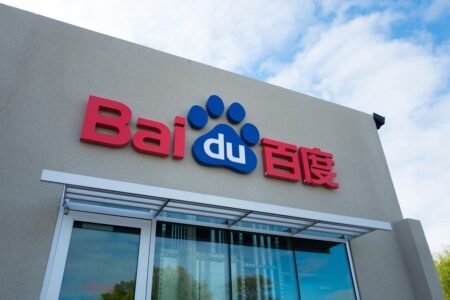Debt to equity doesn’t mean much in today’s world of intangible assets. The traditional measure of a company’s debt burden by comparing it to stockholders’ equity is no longer reliable. Instead, it is more meaningful to compare debt to the value that the market places on the corporation’s business operations, known as enterprise value. This new approach provides a more accurate assessment of a company’s financial strength in a modern economy.
A century ago, the debt/equity ratio was a reliable measure of financial strength as it provided a cushion of value to protect lenders. However, in today’s world where book value fails to capture intangible assets like software and brands, the debt/equity ratio has lost its significance. Companies with high debt/equity ratios may not be as risky as they appear if their assets are primarily intangible. For example, Masco Corporation shows a high debt/equity ratio but is not swamped by its debts.
The better way to assess a company’s debt burden is by comparing it to enterprise value rather than book value. Enterprise value represents Wall Street’s appraisal of a business operation, making it a more useful metric in evaluating a company’s financial health. Among large-cap nonfinancial companies, the median ratio of debt to enterprise value is 9%, with outliers at both ends of the spectrum. Companies with negative ratios are less burdened by long-term debt, while those with ratios above 50% may cause concern for lenders and shareholders.
The significance of enterprise value over book value can be understood by considering the example of refinancing a property. In this scenario, the appraised value of the property is more important to the bank than the book value. Similarly, enterprise value provides a more accurate assessment of a company’s value as a going concern. This approach takes into account intangible assets and provides a clearer picture of a company’s financial position in today’s economy.
In conclusion, the debt to enterprise value ratio is a more meaningful measure of a company’s debt burden than the traditional debt to equity ratio. By comparing debt to the market’s appraisal of a company’s business operations, investors and lenders can gain a better understanding of a company’s financial strength and risk. In a world where intangible assets play a significant role, it is important to use metrics that accurately reflect a company’s true value.











